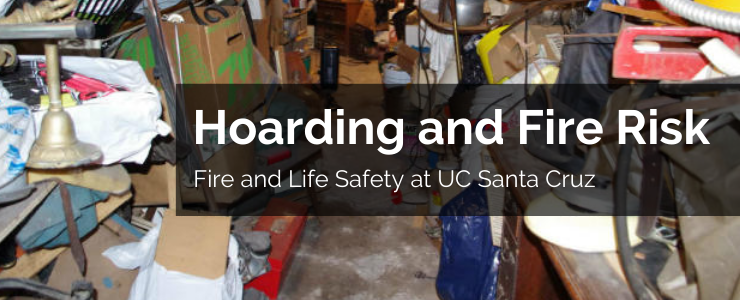Hoarding and Fire Risk
Hoarding is defined by Mayo Clinic as 'a persistent difficulty discarding or parting with possessions because of a perceived need to save them.' In the scope of fire safety, hoarding poses a significant risk to community and first responder safety. In addition to the distress and emotional health concerns, fire risks are increased through:
- The proximity of flammable objects to heating sources (ovens, stoves, candles).
- Electrical wiring that can be exposed or damaged by the weight of stacked objects or pests living nearby.
When a fire does occur in a home where hoarding takes place, fighting the fire becomes risky due to:
- The potential for exits and entrances to be obstructed by clutter.
- The difficulty of first responders navigating a home due to clutter.
- The increased amount of flammable objects leading to easier fire spread and potentially greater intensity.
- The weight of objects in the home leading to a greater chance of building collapse.
Addressing Hoarding
Hoarding is a mental health disorder. It is important to acknowledge that it is not something that simply stops when called out. The American Psychiatric Association (APA) generally treats hoarding through cognitive behavioral therapy (CBT) or medication. However, in the scope of public safety there are simple actions that you can take to reduce the impact of hoarding on fire risk:
- When speaking to someone who hoards, stress safety rather than the clutter. Be empathetic.
- Help develop a home safety and escape plan that keeps a distance of 3ft from exits and heating sources to prevent obstructions.
- Install working smoke alarms in the home and test them at least once a month.
- If necessary, reach out to community resources such as your local fire department for help.

